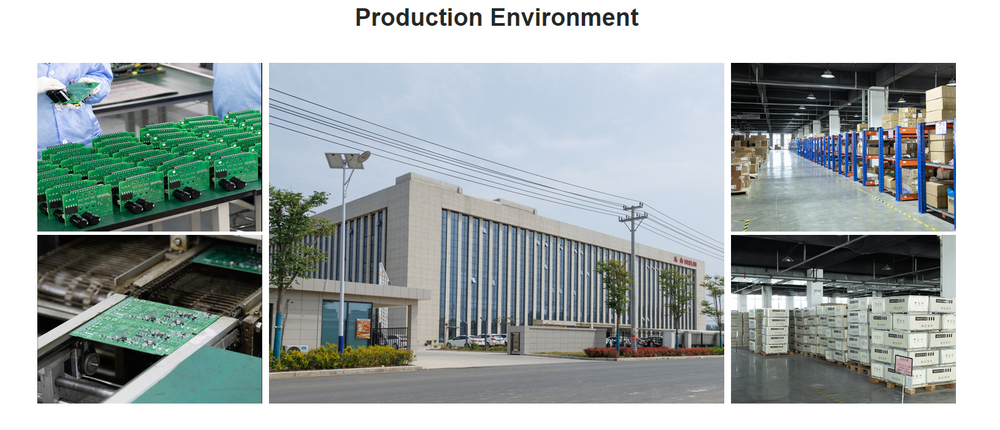Recently, I came across a discussion online about the use of the local variable area (L area) in the S7-200 PLC. Some users mentioned that "there's no official confirmation about the values in the L zone," and others suggested that the manufacturer should clearly explain how to use it. This sparked my interest, so I decided to look into the official documentation and software to find more details.
In the S7-200 manual, I found a clear explanation inside parentheses: “Reserved local memory for each of the 11 entities: 1 main program, 8 subroutine nesting levels when starting from the main program; 1 interrupt and 1 subroutine when starting from the interrupt program. Local memory has a local scope, meaning it can only be accessed by its associated program entity, and other entities cannot access it.â€
For example, if the main program calls subroutine 1 and subroutine 2, and then subroutine 1 calls subroutine 11, and subroutine 2 calls subroutine 21, both 11 and 21 are at the same nesting level. The L areas for each of these 11 entities are separate and independent. However, within the same nesting level, all subroutines share the same L area. This means that when a new subroutine is called, its local data will overwrite the previous one.
Understanding this behavior is crucial when working with nested subroutines or interrupts, as it helps avoid unexpected results due to overlapping local data. It also highlights the importance of proper programming practices and careful management of local variables to ensure reliable operation. If you're working with the S7-200, always refer to the manual and test your code thoroughly to make sure everything behaves as expected.
A 220V inverter, often referred to as a power inverter, is a device designed to convert direct current (DC) power into 220V alternating current (AC) power. It is commonly used in situations where AC power is not readily available or as a backup power source during power outages. The 220V output voltage is suitable for operating a wide range of electronic devices and appliances, such as laptops, televisions, refrigerators, and power tools.
The main function of a 220V inverter is to perform DC to AC power conversion. It takes the DC power input from a battery bank, solar panel system, or other DC power sources and transforms it into AC power that matches the voltage and frequency requirements of the connected devices. This enables the use of electronic devices that typically run on AC power in off-grid locations or areas with unreliable power supply.
Some 220V inverters produce a modified sine wave output, which is a close approximation of a pure sine wave. While a pure sine wave is the ideal form of AC power, modified sine wave inverters are more cost-effective and suitable for many common electronic devices. However, certain sensitive equipment, such as medical devices or audio equipment, may require a pure sine wave inverter to prevent potential performance issues or damage.
220V inverters come in various types and sizes, including portable inverters that are lightweight and easy to carry, making them ideal for outdoor activities, camping, or powering devices in vehicles. Automotive inverters specifically cater to the power needs of vehicles and can be plugged into a car's cigarette lighter socket.
Efficiency is an important consideration when choosing a 220V inverter. Higher efficiency inverters convert a larger percentage of the DC input power into usable AC power, resulting in less energy wastage and longer battery life.
Overall, 220V inverters provide a convenient and reliable solution for powering electronic devices and appliances when traditional AC power sources are unavailable. They are essential for off-grid living, emergency backup power, and powering electronic devices on the go, ensuring the continuity of electrical power for various applications.

220V Inverter,Industrial Frequency Inverter,3Kw Vfd,Frequency Driver
WuXi Spread Electrical Co.,LTD , https://www.vfdspread.com